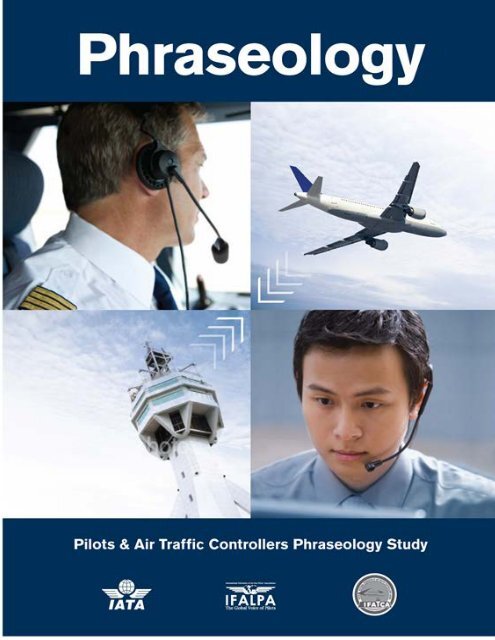Clear, concise communication is the backbone of aviation safety. That’s where Standard Radiotelephony (RT) Phraseology comes in. It’s not just formality—it ensures everyone on the frequency understands each other instantly, especially when seconds count.
This post covers the essentials every pilot should know and use on the radio.
🎙️ Why Standard Phraseology Matters
- Eliminates ambiguity
- Enhances situational awareness
- Keeps communication quick and effective
- Required by ICAO and aviation authorities worldwide
🗣️ Core RT Phrases Every Pilot Uses
| Phrase | Meaning | Example |
|---|---|---|
| Affirm | Yes | “Affirm, I have the traffic in sight.” |
| Negative | No | “Negative, we are not ready for departure.” |
| Roger | Message received and understood | “Roger, switching to tower.” |
| Wilco | Will comply | “Wilco, descending to 3,000 feet.” |
| Say Again | Repeat your last message | “Say again your last transmission.” |
| Standby | Wait; I will call you back shortly | “Standby for clearance.” |
| Readback | Repeat the instructions back to confirm accuracy | “Readback correct.” |
| Cleared to… | Authorized to perform a specific action | “Cleared to land Runway 27.” |
| Go Ahead | Proceed with your message | “Go ahead with position report.” |
| Break / Break Break | Separates different parts of a message / Signals emergency priority | “Break Break, Mayday call following.” |
🎧 Radio Call Example
Let’s see this in action during an IFR departure:
Pilot:
“Islamabad Tower, AP-BGX, holding short Runway 28, ready for departure.”
ATC:
“AP-BGX, cleared for takeoff Runway 28, wind 270 – 5.”
Pilot:
“Cleared for takeoff Runway 28, AP-BGX.”
🛑 Avoid Slang or Chatter
❌ Don’t say: “Yeah, we’re good to go.”
✅ Do say: “Ready for departure.”
Stick to the script—it keeps everyone on the same page.
📌 Final Tip
RT phraseology is like a language of safety. Whether you’re on a solo cross-country or talking to busy approach control, practice using proper terms every time you key the mic.

